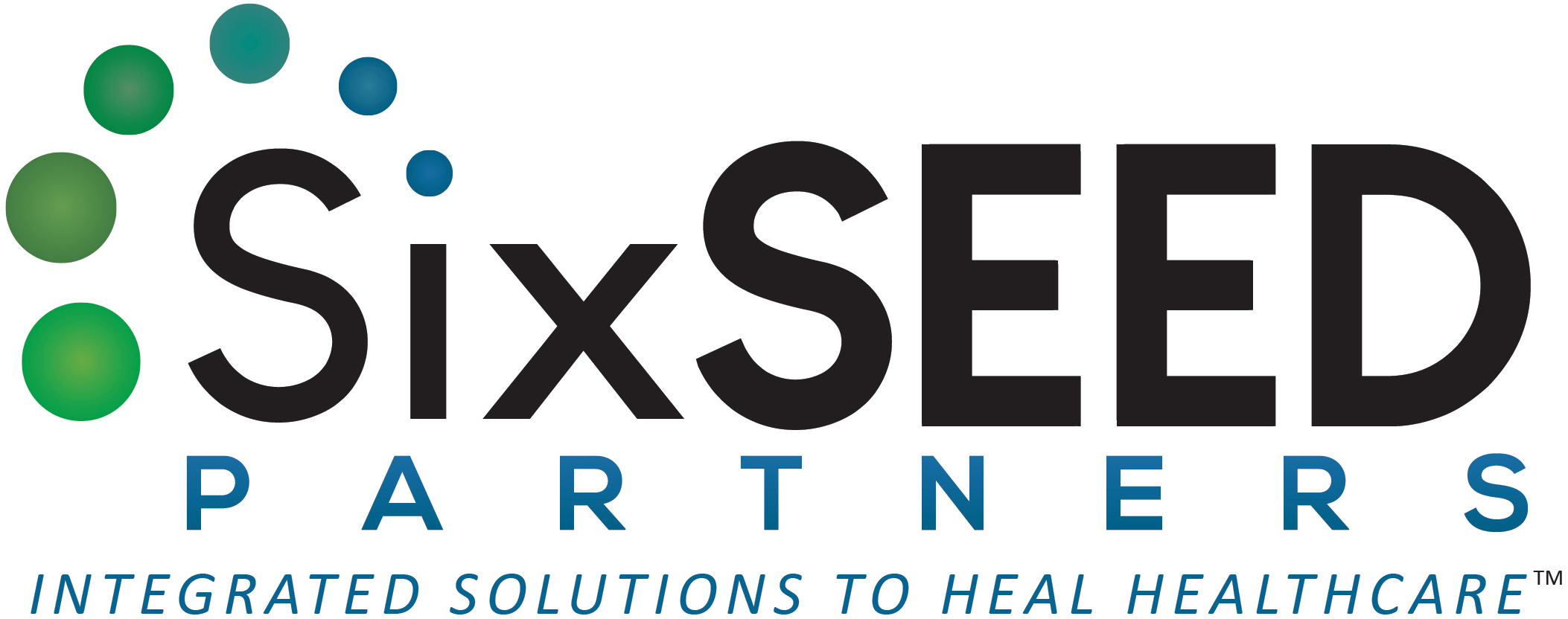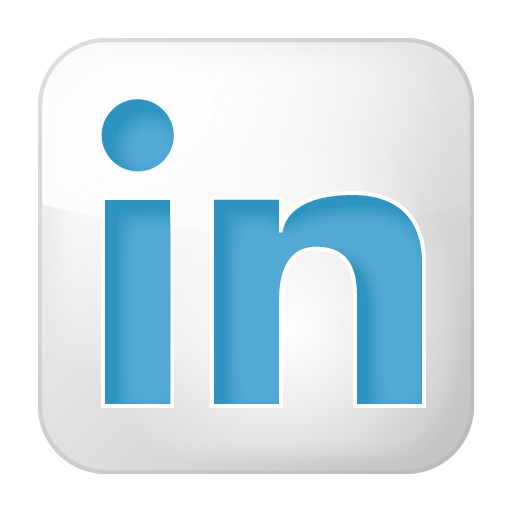Petra Platzer, PhD, NBC-HWC, PCC: COO SixSEED Partners
Rethinking Organizational Culture: More than just the “Soft Stuff”
In a recent LinkedIn post by Siobhán McHale, an acclaimed culture transformation expert and author of “The Insider’s Guide to Culture Change”, she invites us to take a closer look at our definition of organizational culture. In a workplace context, culture is traditionally associated with how employees feel – whether they’re happy, motivated, or satisfied. However, McHale suggests a broader and more impactful definition. Namely, culture is “a critical enabler of optimal business functioning.”
This broader definition can unlock a missing key for many organizations. Instead of viewing culture as the byproduct of HR policies, employee satisfaction surveys or staff retreats, culture now shifts to a driver and core component of the company’s strategy for success.
The Misunderstanding of Culture
McHale’s post acknowledges that research on organizational culture doesn’t always show a clear link between culture and performance. The key reasons for this ambiguity include different meanings and indicators for how culture was being defined. As a result, measuring its impact has been inconsistent and difficult to clearly link.
Yes, while culture does include how people feel at work, it’s essential to realize that culture is about so much more. Culture impacts every aspect of a healthcare organization, from access strategies and quality patient care delivery to workforce recruitment and vendor relationships. Depending on the system’s objectives, the desired culture could be adaptive, innovative, patient-centric, agile, quality-driven, growth-oriented, accountable, performance-focused, community-minded, sustainable—and the list goes on.
The real risk lies in relegating culture to the realm of “soft” stuff, as something optional or secondary. When we appreciate culture as a strategic enabler, its ties to performance become more robust and more measurable.
Our Journey in Re-defining Culture
At SixSEED Partners, we support our clients in defining, or re-defining, their leadership culture. In partnering with one academic medical center over multiple years, we’ve used validated tools and cross-disciplinary designs to introduce real-time systems that support clinical excellence and promote the well-being of its clinical leaders. This journey wasn’t just about diagnosing the existing culture, but about shaping a desired one that aligns with the organization’s goals. One evident link by this multi-site leadership team’s culture work to their improved performance has been the establishment of system-wide processes that also incorporate distinct and unique hospital entities. In a multi-hospital system where an “us-them” dichotomy existed, they are successfully evolving to a cultural approach that celebrates the best of the individual organizations (“Us”) and also functions as a unified system (“We”).
The Path Forward
Culture is multi-faceted. It’s not just about feelings, and it’s certainly not an ‘optional extra’ to address when things settle down or there is more bandwidth. Focusing on culture is the foundation upon which the employees and the systems operate, innovate, and thrive.
So, McHale’s question remains: Have you seen culture impact performance at your work?
If you are ready to re-define your culture as a strategic enabler for your system to increase its performance with less challenges along the way, we’re here to make that happen with you. Reach out to us and let’s embark on this transformative journey together.
Read the LinkedIn post from Siobhán McHale here: https://www.linkedin.com/posts/mchalesiobhan_culture-activity-7112911972588802048-H5lU?utm_source=share&utm_medium=member_desktop

